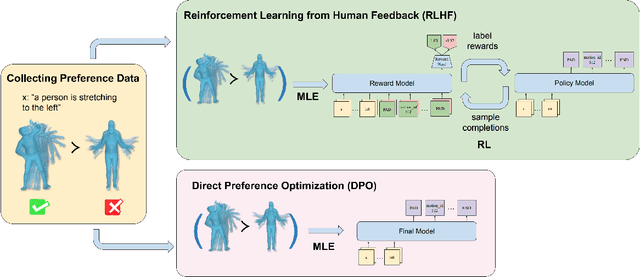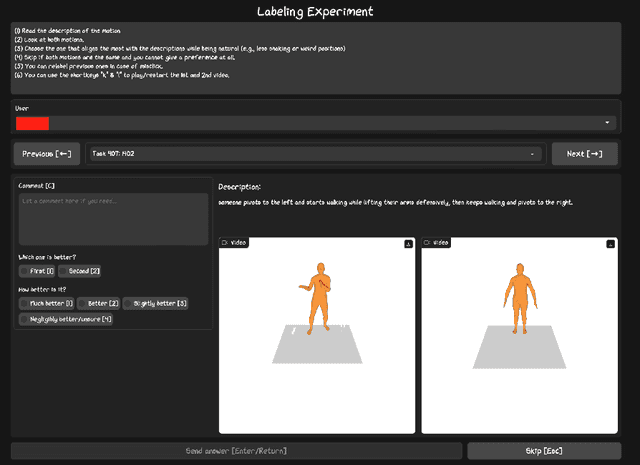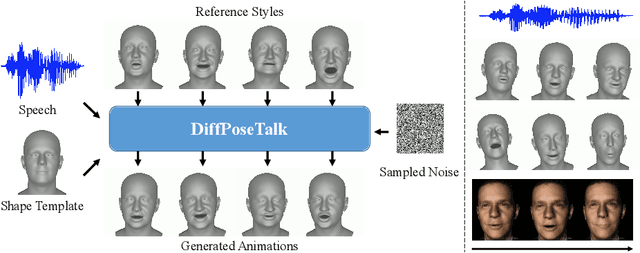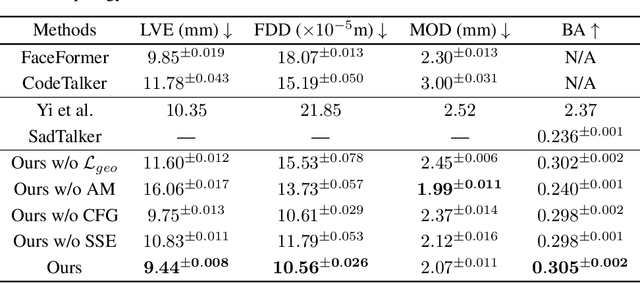Jenny Sheng
LLM-based Optimization of Compound AI Systems: A Survey
Oct 21, 2024

Abstract:In a compound AI system, components such as an LLM call, a retriever, a code interpreter, or tools are interconnected. The system's behavior is primarily driven by parameters such as instructions or tool definitions. Recent advancements enable end-to-end optimization of these parameters using an LLM. Notably, leveraging an LLM as an optimizer is particularly efficient because it avoids gradient computation and can generate complex code and instructions. This paper presents a survey of the principles and emerging trends in LLM-based optimization of compound AI systems. It covers archetypes of compound AI systems, approaches to LLM-based end-to-end optimization, and insights into future directions and broader impacts. Importantly, this survey uses concepts from program analysis to provide a unified view of how an LLM optimizer is prompted to optimize a compound AI system. The exhaustive list of paper is provided at https://github.com/linyuhongg/LLM-based-Optimization-of-Compound-AI-Systems.
PVP-Recon: Progressive View Planning via Warping Consistency for Sparse-View Surface Reconstruction
Sep 09, 2024



Abstract:Neural implicit representations have revolutionized dense multi-view surface reconstruction, yet their performance significantly diminishes with sparse input views. A few pioneering works have sought to tackle the challenge of sparse-view reconstruction by leveraging additional geometric priors or multi-scene generalizability. However, they are still hindered by the imperfect choice of input views, using images under empirically determined viewpoints to provide considerable overlap. We propose PVP-Recon, a novel and effective sparse-view surface reconstruction method that progressively plans the next best views to form an optimal set of sparse viewpoints for image capturing. PVP-Recon starts initial surface reconstruction with as few as 3 views and progressively adds new views which are determined based on a novel warping score that reflects the information gain of each newly added view. This progressive view planning progress is interleaved with a neural SDF-based reconstruction module that utilizes multi-resolution hash features, enhanced by a progressive training scheme and a directional Hessian loss. Quantitative and qualitative experiments on three benchmark datasets show that our framework achieves high-quality reconstruction with a constrained input budget and outperforms existing baselines.
Exploring Text-to-Motion Generation with Human Preference
Apr 15, 2024



Abstract:This paper presents an exploration of preference learning in text-to-motion generation. We find that current improvements in text-to-motion generation still rely on datasets requiring expert labelers with motion capture systems. Instead, learning from human preference data does not require motion capture systems; a labeler with no expertise simply compares two generated motions. This is particularly efficient because evaluating the model's output is easier than gathering the motion that performs a desired task (e.g. backflip). To pioneer the exploration of this paradigm, we annotate 3,528 preference pairs generated by MotionGPT, marking the first effort to investigate various algorithms for learning from preference data. In particular, our exploration highlights important design choices when using preference data. Additionally, our experimental results show that preference learning has the potential to greatly improve current text-to-motion generative models. Our code and dataset are publicly available at https://github.com/THU-LYJ-Lab/InstructMotion}{https://github.com/THU-LYJ-Lab/InstructMotion to further facilitate research in this area.
Text-Image Conditioned Diffusion for Consistent Text-to-3D Generation
Dec 19, 2023



Abstract:By lifting the pre-trained 2D diffusion models into Neural Radiance Fields (NeRFs), text-to-3D generation methods have made great progress. Many state-of-the-art approaches usually apply score distillation sampling (SDS) to optimize the NeRF representations, which supervises the NeRF optimization with pre-trained text-conditioned 2D diffusion models such as Imagen. However, the supervision signal provided by such pre-trained diffusion models only depends on text prompts and does not constrain the multi-view consistency. To inject the cross-view consistency into diffusion priors, some recent works finetune the 2D diffusion model with multi-view data, but still lack fine-grained view coherence. To tackle this challenge, we incorporate multi-view image conditions into the supervision signal of NeRF optimization, which explicitly enforces fine-grained view consistency. With such stronger supervision, our proposed text-to-3D method effectively mitigates the generation of floaters (due to excessive densities) and completely empty spaces (due to insufficient densities). Our quantitative evaluations on the T$^3$Bench dataset demonstrate that our method achieves state-of-the-art performance over existing text-to-3D methods. We will make the code publicly available.
T$^3$Bench: Benchmarking Current Progress in Text-to-3D Generation
Oct 04, 2023Abstract:Recent methods in text-to-3D leverage powerful pretrained diffusion models to optimize NeRF. Notably, these methods are able to produce high-quality 3D scenes without training on 3D data. Due to the open-ended nature of the task, most studies evaluate their results with subjective case studies and user experiments, thereby presenting a challenge in quantitatively addressing the question: How has current progress in Text-to-3D gone so far? In this paper, we introduce T$^3$Bench, the first comprehensive text-to-3D benchmark containing diverse text prompts of three increasing complexity levels that are specially designed for 3D generation. To assess both the subjective quality and the text alignment, we propose two automatic metrics based on multi-view images produced by the 3D contents. The quality metric combines multi-view text-image scores and regional convolution to detect quality and view inconsistency. The alignment metric uses multi-view captioning and Large Language Model (LLM) evaluation to measure text-3D consistency. Both metrics closely correlate with different dimensions of human judgments, providing a paradigm for efficiently evaluating text-to-3D models. The benchmarking results, shown in Fig. 1, reveal performance differences among six prevalent text-to-3D methods. Our analysis further highlights the common struggles for current methods on generating surroundings and multi-object scenes, as well as the bottleneck of leveraging 2D guidance for 3D generation. Our project page is available at: https://t3bench.com.
DiffPoseTalk: Speech-Driven Stylistic 3D Facial Animation and Head Pose Generation via Diffusion Models
Sep 30, 2023



Abstract:The generation of stylistic 3D facial animations driven by speech poses a significant challenge as it requires learning a many-to-many mapping between speech, style, and the corresponding natural facial motion. However, existing methods either employ a deterministic model for speech-to-motion mapping or encode the style using a one-hot encoding scheme. Notably, the one-hot encoding approach fails to capture the complexity of the style and thus limits generalization ability. In this paper, we propose DiffPoseTalk, a generative framework based on the diffusion model combined with a style encoder that extracts style embeddings from short reference videos. During inference, we employ classifier-free guidance to guide the generation process based on the speech and style. We extend this to include the generation of head poses, thereby enhancing user perception. Additionally, we address the shortage of scanned 3D talking face data by training our model on reconstructed 3DMM parameters from a high-quality, in-the-wild audio-visual dataset. Our extensive experiments and user study demonstrate that our approach outperforms state-of-the-art methods. The code and dataset will be made publicly available.
 Add to Chrome
Add to Chrome Add to Firefox
Add to Firefox Add to Edge
Add to Edge